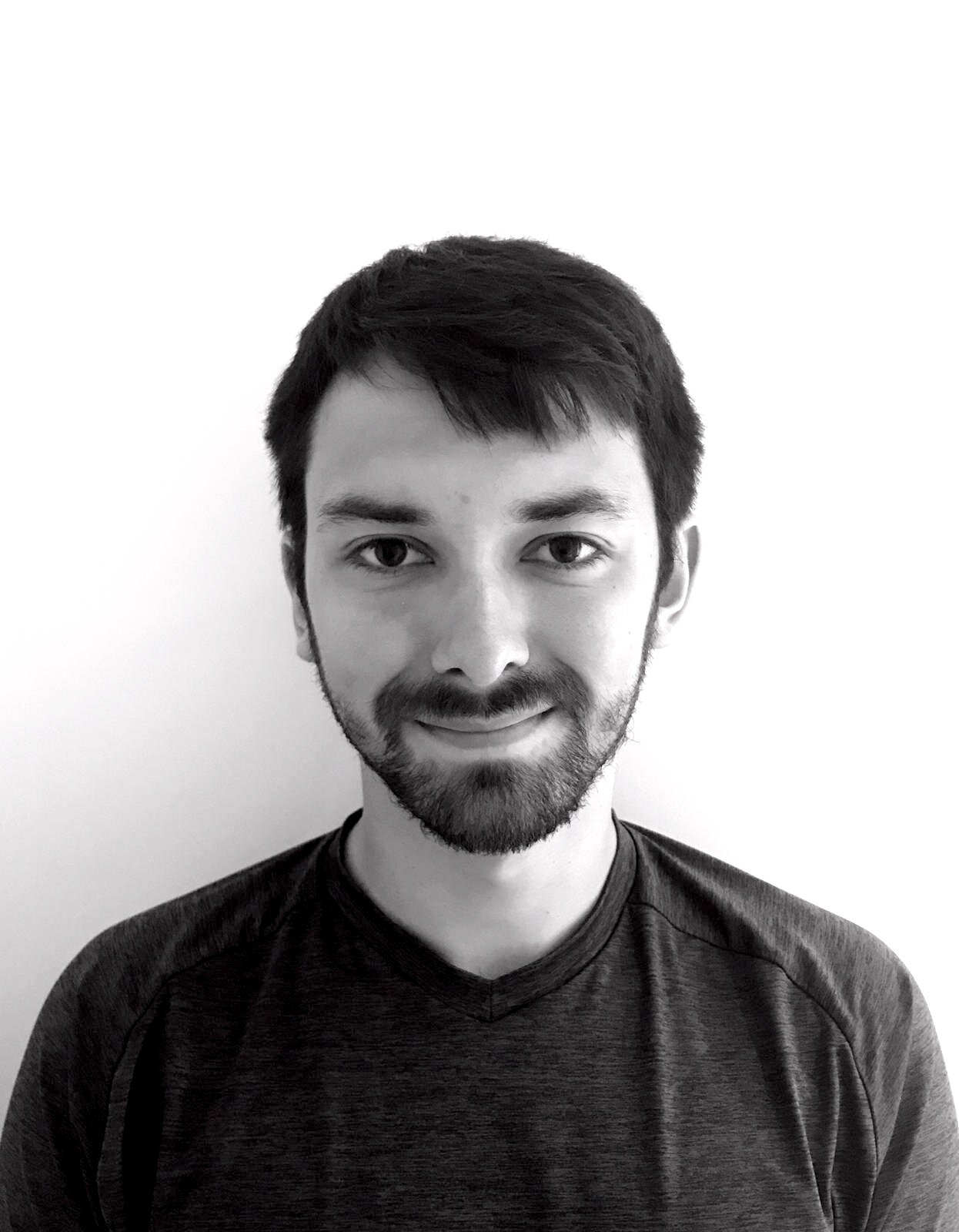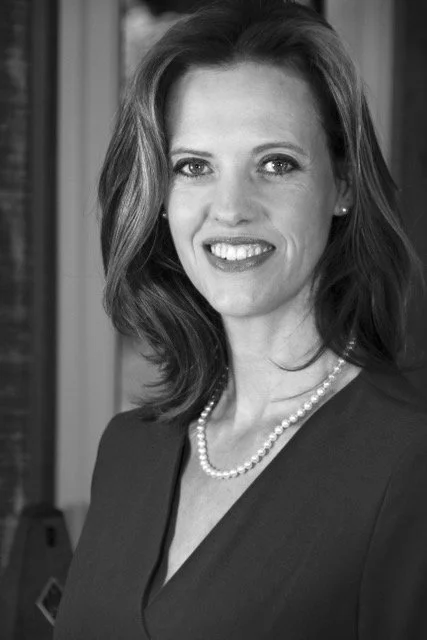Western Acupuncture
Western Medical Acupuncture is type of treatment, adapted from traditional Chinese acupuncture, that involves the insertion of very fine needles using current anatomical and physiological knowledge. It is based on well researched medical evidence.
It acts mainly by stimulating the nervous system and is used mostly to treat musculo-skeletal pain. It is also useful for post-operative pain, nausea, and inflammation.
There is evidence to support the effectiveness of acupuncture for these complaints:
headaches
migraines
low back pain
neck pain
joint pain
osteoarthritis (OA)
aiding relaxation and reducing anxiety
asthma
Jaw pain (JJD - jaw joint dysfunction or TMJ - temperomandibular joint)
overactive bladder
In our Practice, the Acupuncture is given by an Osteopath who has taken further training to qualify in Western Medical Acupuncture.
After taking an appropriate medical history, the practitioner will begin the insertion of the acupuncture needles. These needles are inserted into specific places on the body, which practitioners call acupuncture points.
During the session, you will usually be asked to sit or lie down. You may also be asked to remove some clothes so the practitioner can access the relevant parts of your body.
The needles used are fine and are usually a few centimetres long. They are single-use, pre-sterilised needles that are disposed of immediately after use.
Our practitioners choose specific points to place the needles based on your condition. From 1 to 12 points will typically be used during a session, and sometimes more depending on the number of symptoms you have.
The needles may be inserted just under the skin, or deeper so they reach muscle tissue. Once the needles are in place, they may be left in position for a length of time lasting from a few minutes up to around 30 minutes.
You may feel a tingling or a dull ache when the needles are inserted. You should not experience any significant pain. If you do, let your practitioner know straight away.
In some cases, your practitioner may rotate the needles or stimulate them with a mild electric current (known as electroacupuncture).
It is common to feel sleepy or light-headed after treatment, and a drink of water and a restful period is often recommended afterwards.





































